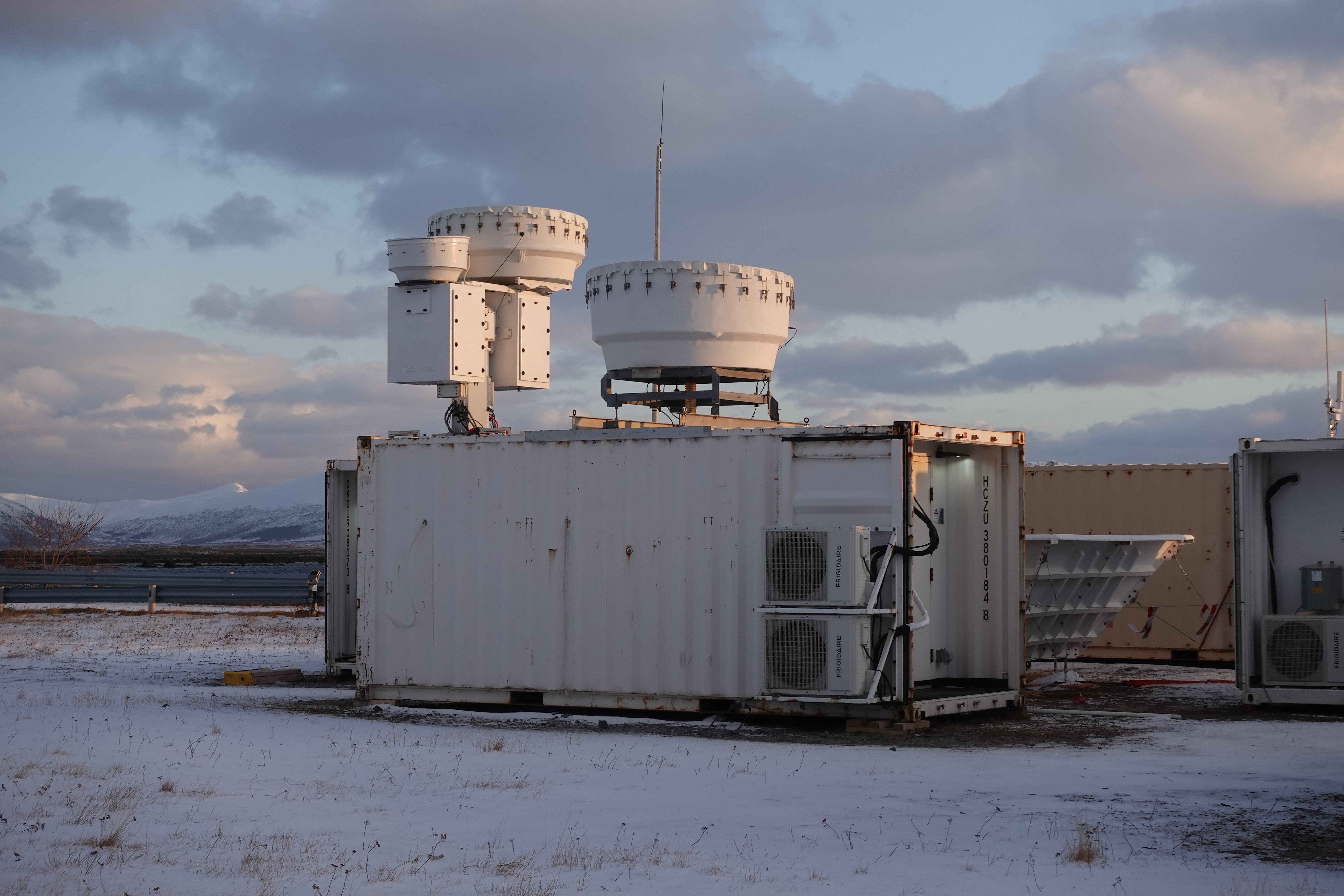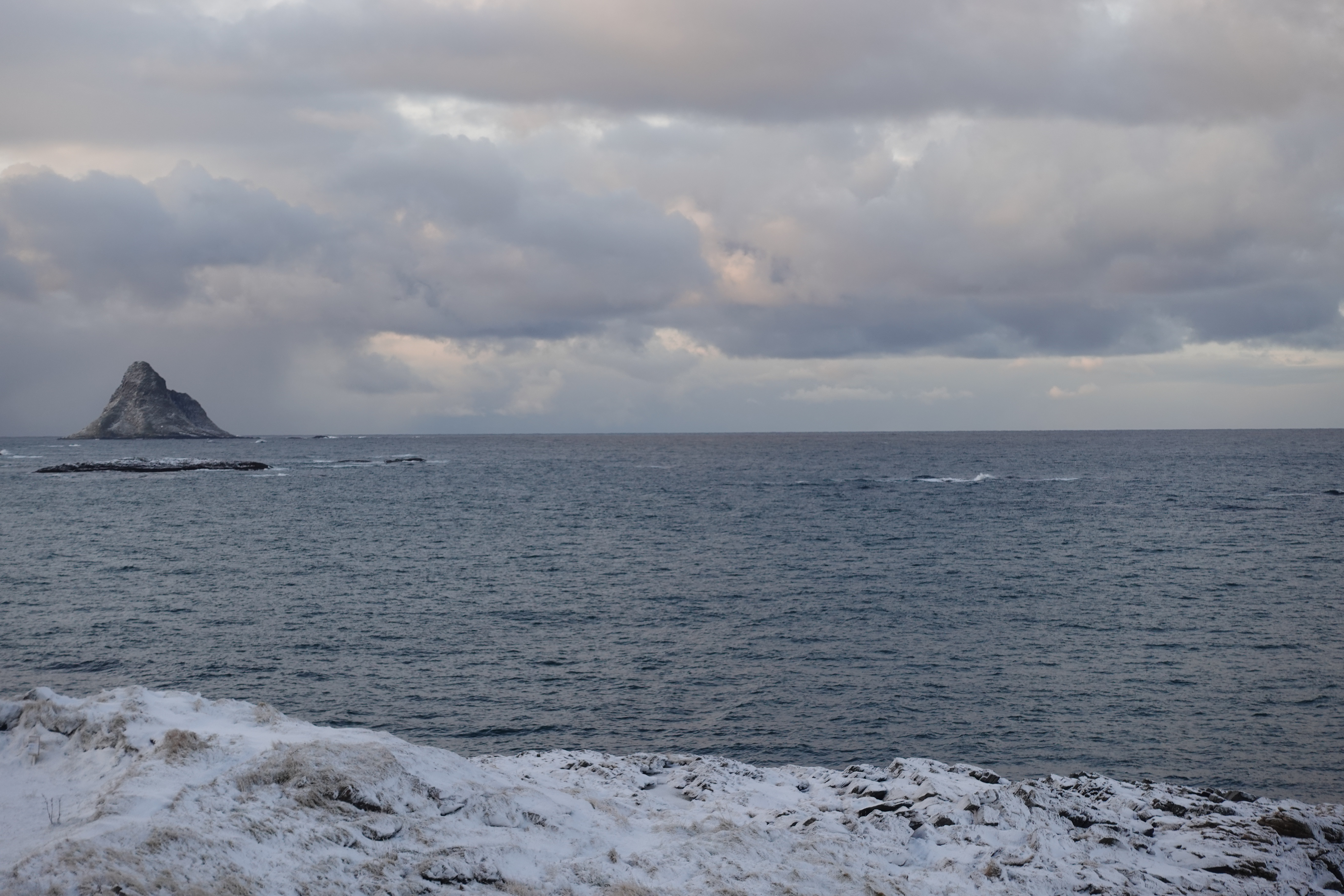COMBLE PI Blog: Getting a Deeper Look at Cold-Air Outbreaks
Published: 19 March 2020
Editor’s note: Bart Geerts, principal investigator for the Cold-Air Outbreaks in the Marine Boundary Layer Experiment (COMBLE), provided an update midway through the six-month deployment in northern Norway. COMBLE, which started in December 2019, is studying shallow convective cloud formations that start at the arctic ice edge during cold-air outbreaks and evolve as they progress over open water.
There have been some minor challenges with instruments, but the ARM Mobile Facility team has been doing an incredible job keeping it all running, sometimes in adverse weather conditions.
The weather has been cooperating for us. Between December 1, 2019, and February 16, 2020, 15 cold-air outbreaks (CAOs) were recorded at Bear Island (523 hours in total) and 11 CAOs at the AMF1 (first ARM Mobile Facility) main site on the island of Andøya (196 hours in total). Most of the CAOs were one to two days long, often even longer at Bear Island.
As expected, boundary-layer thermal instability and wind speed tend to be larger over Bear Island during CAOs, implying stronger surface heat fluxes and more vigorous shallow convection than at Andenes. Also, the convective marine boundary layer is deeper at the AMF1 main site, which is farther from the arctic ice edge (greater fetch) than Bear Island.
In general, the last three months (December‒February) saw a positive North Atlantic Oscillation index and a positive Arctic Oscillation. This implies a stronger-than-normal jet across the North Atlantic, resulting in some very intense storms slamming into western Europe in early February (Sabine, Dennis, and others before). The implication for the COMBLE domain is that there have been relatively few warm-air intrusions into the Arctic and few intense CAOs penetrating far south. But Bear Island and Andøya have seen about the number of CAOs expected from climatology. According to the National Snow & Ice Data Center, ice cover has been less than the climatological average, including in the Atlantic sector, implying that the average fetch of the CAO clouds sampled at Bear Island and Andøya has been slightly larger than the climatological average. But, as mentioned before, the intensity and frequency of CAOs have been close to what is expected from the climatology.


Keep up with the Atmospheric Observer
Updates on ARM news, events, and opportunities delivered to your inbox
ARM User Profile
ARM welcomes users from all institutions and nations. A free ARM user account is needed to access ARM data.


















